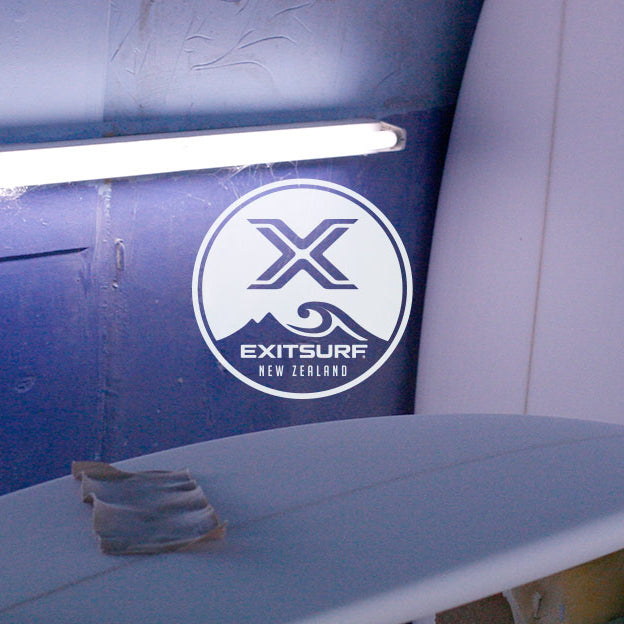
The History of Surfboards: A Dive into their evolution

Surfing, an activity synonymous with sun, sea, and adventure, has a rich history dating back centuries. Central to this aquatic art form is the surfboard—a quintessential tool that has evolved significantly over time. While the precise origin of surfing remains somewhat shrouded in mystery, the creation and evolution of the surfboard mark a fascinating journey through the annals of history.
The tale of the surfboard commences in ancient Polynesia, where surfing emerged as both a pastime and a cultural practice. Centuries ago, indigenous Polynesians crafted their first surfboards from local materials like wood, particularly from trees such as koa and wiliwili. These early surfboards were heavy, bulky, and often reserved for elite members of society due to the labor-intensive craftsmanship involved.
The design and construction of these ancient surfboards laid the groundwork for future innovations. Over time, technological advancements and cultural exchanges fueled the evolution of surfboard craftsmanship. Hawaiians, for instance, introduced the art of shaping boards from indigenous woods, creating longer and more maneuverable vessels.
As surfing then gained popularity globally, surfboard construction underwent a revolution. The shift from solid wood to hollow boards in the early 20th century, pioneered by Tom Blake, reduced weight and increased maneuverability. Blake's innovation paved the way for the use of new materials like fiberglass and foam, transforming the surfboard's performance and durability.
The mid-20th century witnessed a pivotal moment in surfboard design with the introduction of polyurethane foam blanks by Hobie Alter and Gordon "Grubby" Clark. This breakthrough allowed for lighter, more customizable boards, leading to the birth of the shortboard revolution in the 1960s. Shorter and more agile surfboards revolutionized the sport, enabling surfers to perform more dynamic maneuvers on the waves.
Subsequent decades saw an ongoing quest for innovation and experimentation in surfboard design. From twin fins to thrusters, from fish shapes to high-performance shortboards, shapers and surfers continuously pushed boundaries, seeking the perfect board for every wave and style.
Today, surfboard design and technology continue to evolve rapidly. Modern surfboards incorporate cutting-edge materials like carbon fiber, epoxy resins, and computer-aided design (CAD) shaping, enabling unparalleled performance and customization options. The history of surfboards mirrors the evolution of surfing itself—a journey of cultural heritage, innovation, and passion. From the heavy wooden planks of ancient Polynesia to the high-tech, aerodynamic boards of today, the surfboard's transformation is a testament to human ingenuity and our unending quest to conquer the waves.
As surfers around the world continue to ride the crests of innovation, one thing remains certain—the surfboard, in its myriad shapes and forms, will forever remain an icon of adventure, freedom, and the eternal dance between humans and the sea.
Our history of surfboards here at Exit Surf has also evolved. From humble beginnings shaping surfboards in Raglan, New Zealand then moving to a state of the art factory and showroom in Christchurch producing boards under license for such brands as Linden, Bear & Pottz. Through our global connections we have now become one of the biggest distributors of Surfboards in the country, supplying some of the World's largest brands including: JS Industries, Torq Surfboards, Aloha Surfboards, Elemnt, Ocean & Earth, Mick Fanning Softboards & more.

